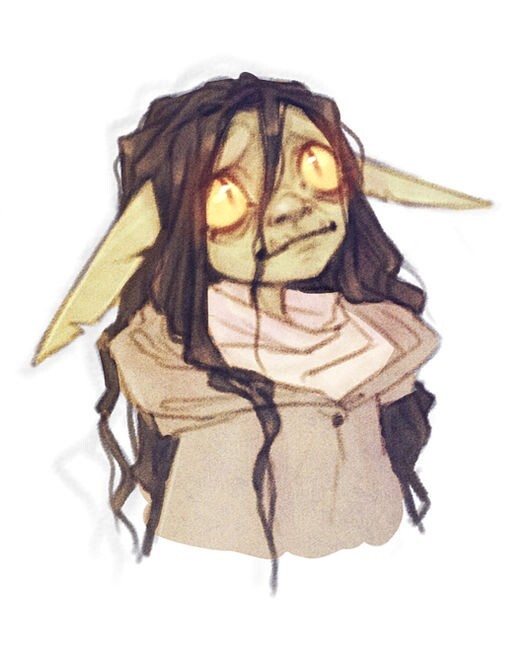

“Queen” by itself refers to either women or gay men. It is not gender neutral. “Drama queen” is applied to all genders, but, again, this example is pejorative toward women. Do you have any examples of women-centric language that can refer to all genders, but that is not negative toward women?







I am too well versed in science fiction to agree to a brain implant.